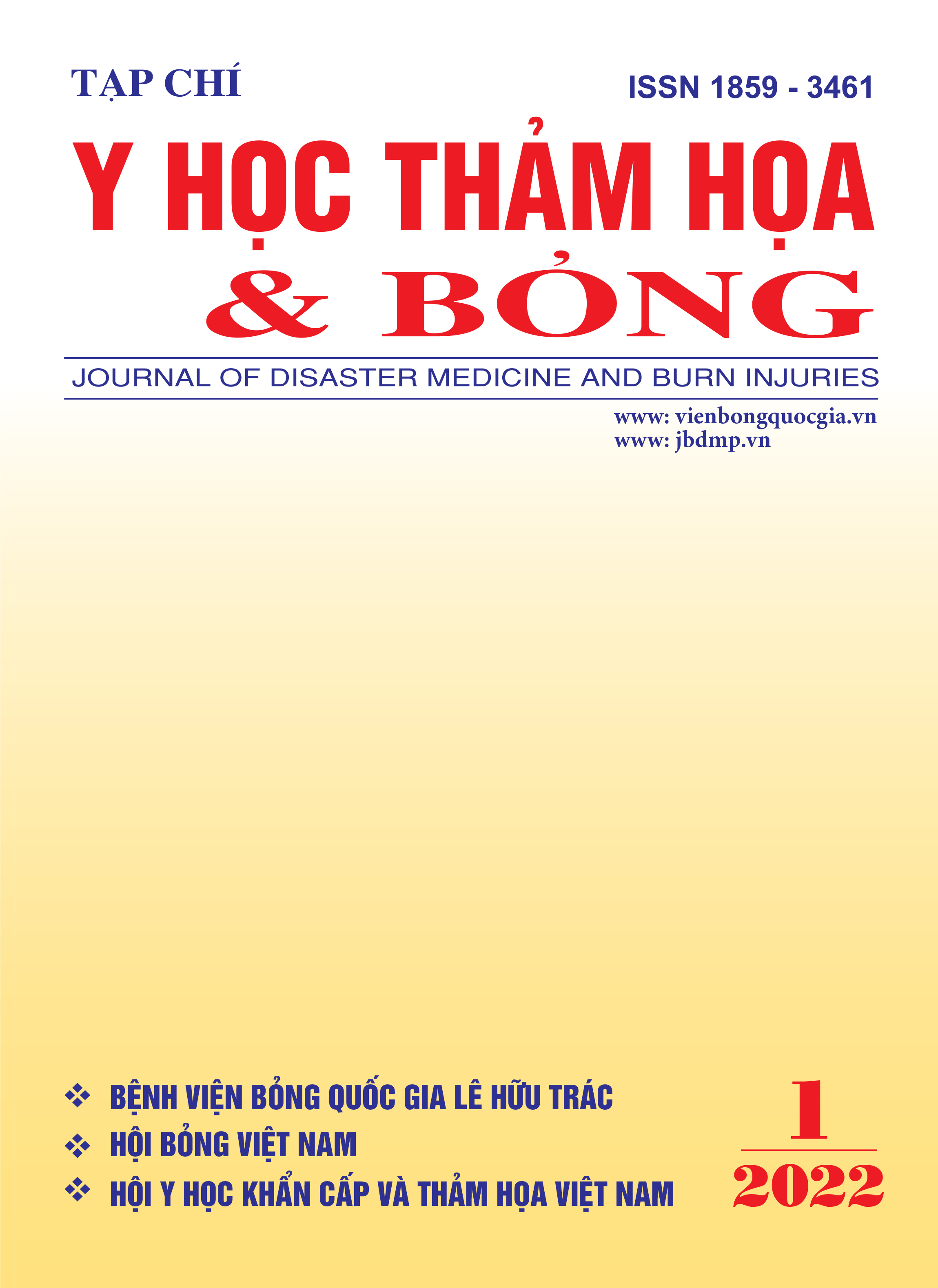An insight into new strategies to combat antifungal drug resistance
Main Article Content
Abstract
Invasive fungal infections especially in immunocompromised patients represent a dominating cause of mortality. The most commonly used antifungal agents can be divided into three broad categories, including triazoles, echinocandins and polyenes. Antifungal resistance is on the increase, posing a growing threat to the stewardship of immunocompromised patients with fungal infections. The paucity of currently available antifungals leads to the rapid emergence of drug resistance and thus aggravates the refractoriness of invasive fungal infections. Therefore, deep exploration into mechanisms of drug resistance and search for new antifungal targets are required. This review highlights the therapeutic strategies targeting Hsp90, calcineurin, trehalose biosynthesis and sphingolipids biosynthesis, in an attempt to provide clinical evidence for overcoming drug resistance and to form the rationale for combination therapy of conventional antifungals and agents with novel mechanisms of action. What’s more, this review also gives a concise introduction of three new-fashioned antifungals, including carboxymethyl chitosan, silver nanoparticles and chromogranin A-N46.


